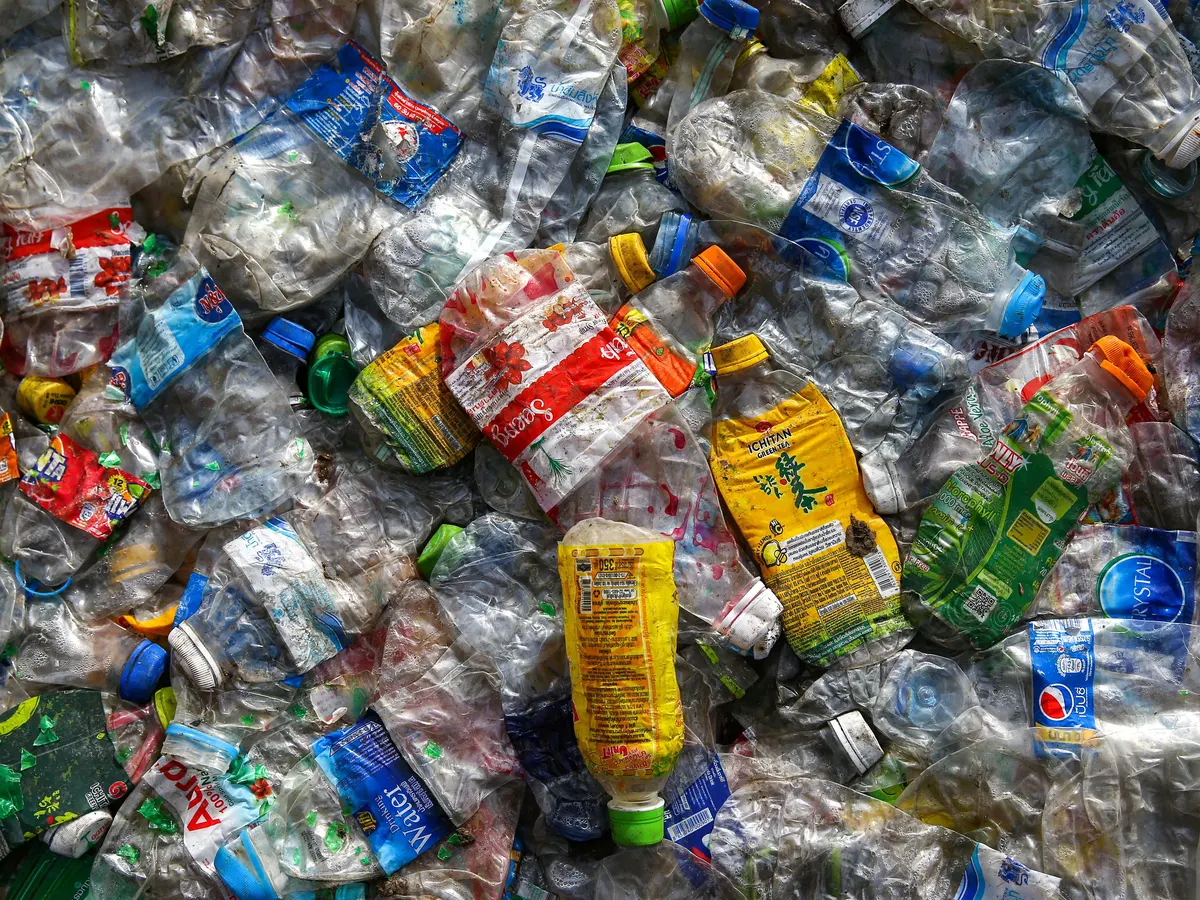Industries worldwide are making significant strides towards a sustainable future by adopting carbon capture and utilization (CCU) technologies. This shift marks a groundbreaking era in the global fight against climate change, offering innovative solutions that repurpose carbon dioxide (CO2) across various sectors.
Amid growing concerns about irreversible climate damage, the United Nations Intergovernmental Panel on Climate Change (IPCC) underscores the urgency for action. With annual global CO2 emissions projected to rise, CCU emerges as a formidable strategy, capable of reducing greenhouse gas emissions by a substantial 20 billion metric tons by 2050.

While existing carbon capture and storage (CCS) facilities capture CO2 from smokestacks or ambient air, a paradigm shift occurs with carbon capture and utilisation (CCU). Recognized by the IPCC in 2022, CCU transforms captured CO2 into valuable products such as cement, jet fuel, and plastics, providing a multifaceted approach to climate mitigation.
The plastics industry, historically notorious for contributing to carbon emissions, is undergoing a transformative wave. Companies are now integrating captured CO2 into plastics production, signaling a departure from traditional reliance on fossil fuels.
Lux Research predicts significant growth in the CCU market, which was valued at nearly $2 billion in 2020. The market is expected to surge to an estimated $550 billion by 2040, with a particular focus on enhancing cement and jet fuel properties.
Innovations in catalysts, explored by chemists and researchers, streamline the conversion of CO2 into plastics. Commercial successes include CO2-based materials used in mattresses, car interiors, building insulation, and sports flooring. Additionally, advancements in creating carbon-negative polyester showcase the potential to combat plastic pollution.
Nature-inspired solutions, such as microbial interventions employing acetogenic bacteria, are gaining traction. Companies like LanzaTech collaborate with steel plants to convert industrial emissions into ethanol, subsequently utilized in fabric production, resulting in a significant reduction of greenhouse gas emissions.
Despite existing challenges, including regulatory hurdles and fossil fuel subsidies, the trajectory toward a circular carbon economy is evident. Visionaries envision a future where products are designed for longevity and recyclability.
Researchers stress the importance of legislative support, corporate alignment, technological advancements, and shifts in human behavior to realize this transformative vision.
In a world grappling with environmental crises, the emergence of recyclable plastics from CO2 signifies a new era in sustainable innovation, offering hope for a cleaner, circular future.




